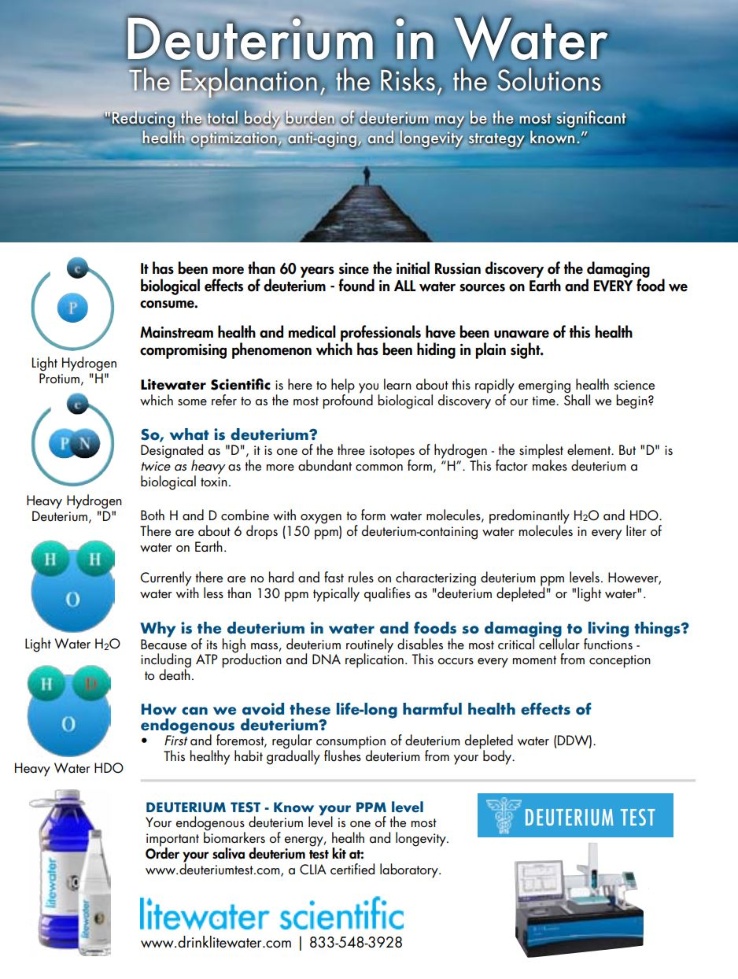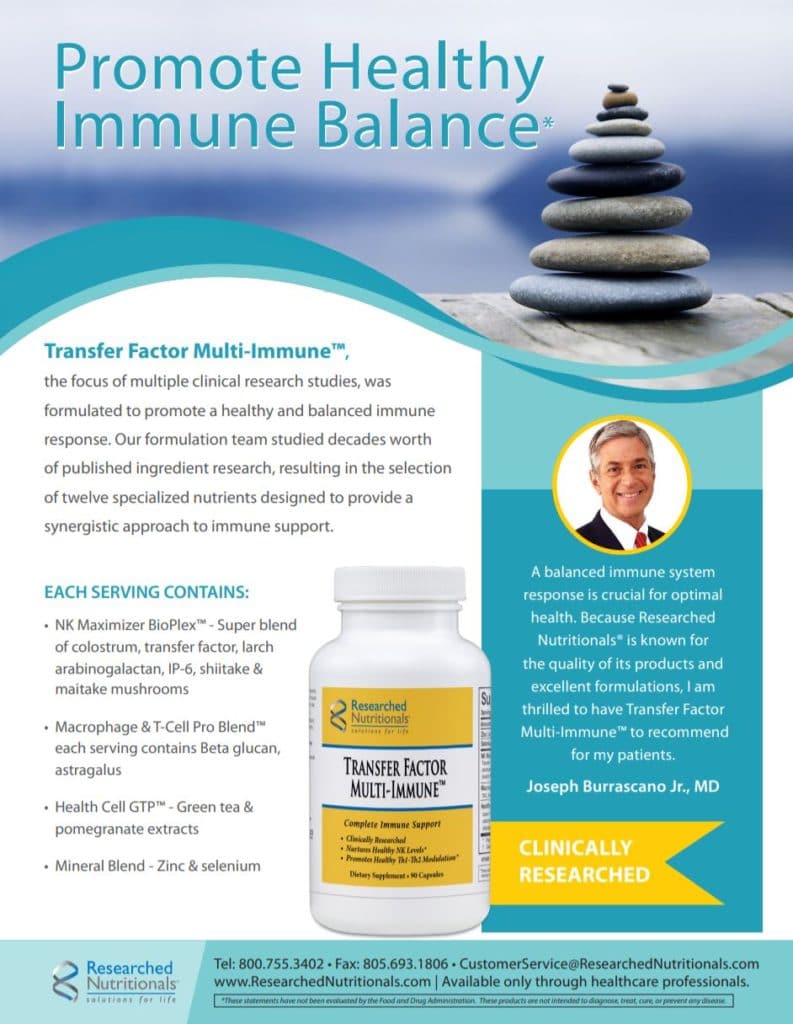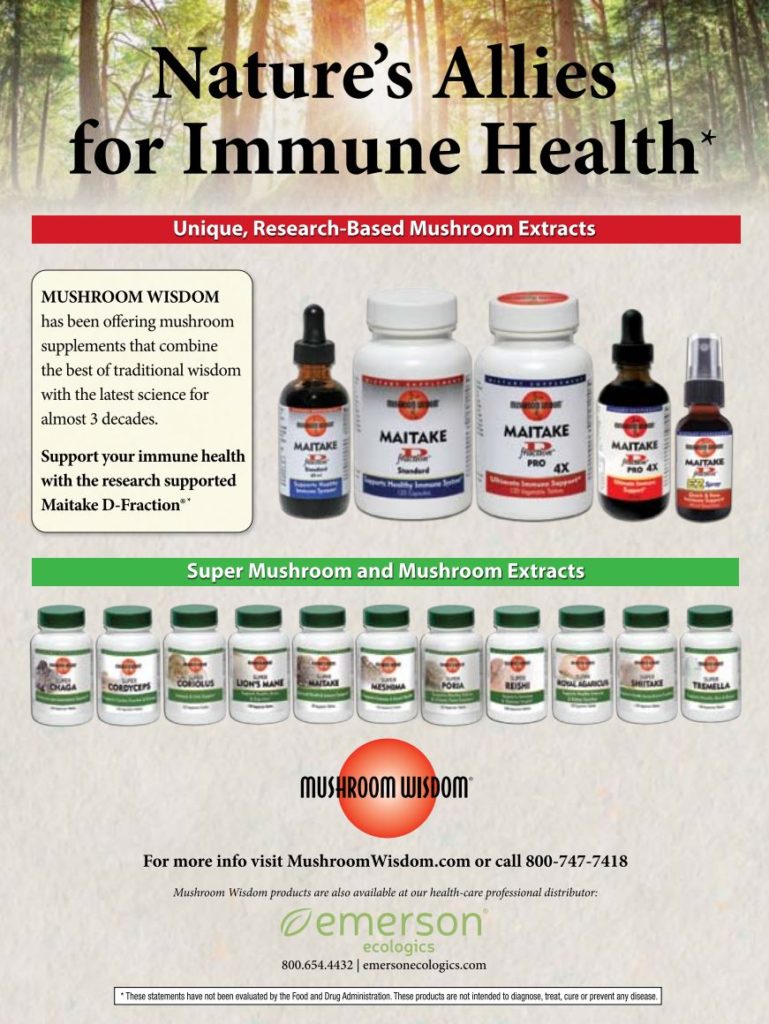…article continued:
Humectants (such as glycerin) pull water in from the surrounding area. These can be helpful, especially during dry winter months and after overzealous hygiene practices when AD typically flares. Ceramides in skincare are often more marketing hype than designed for efficacy. For these to be effective, there needs to be the correct physiologic lipids at an appropriate ratio, or the barrier function may deteriorate rather than improve.
Coconut oil is my favorite topical oil for AD and an excellent base for natural lotions and cleansers for people with AD. It contains lauric acid, which is known to have antimicrobial and anti-inflammatory effects, and it has been shown to positively impact the skin barrier. In a study of 117 children with mild to moderate AD, the topical application of 10 mL of virgin coconut oil for eight weeks was found to reduce the severity of AD by about 30% more than mineral oil.13 I have, personally and with patients, experienced a reduction in leaky skin using the Daily Essentials Step 1 as a cleanser, which has virgin coconut oil as a primary ingredient. While it is designed for the face, I have found it helpful for hands and other irritated areas of skin on the body.
Topical use of sesame seed oil also shows some promise in reducing the need for children with AD to use topical corticosteroid treatment.14 I recommend avoiding olive oil because it has been shown to worsen AD.15 5% vitamin E has been shown to help AD.16 I would recommend adding vitamin E to a compounded formula or looking for it in the topical salves and lotions you may recommend.
Certain extracts of botanicals have shown some promising results in the research with topical applications, including St. John’s wort, licorice extract, willow bark, gentian as well as topical use of evening primrose oil.17 Topical use of manuka honey has been shown to inhibit S. aureus proliferation and reduce inflammation and shows promise in managing AD.18 Any of these can be included in a topical made by a compounding pharmacy.
If you do not have experience with skincare, I would recommend finding a compounding pharmacy that specializes in topicals. Please remember to check pH and always recommend a skin patch test before applying to AD lesions and to the face in sensitive individuals. To do a skin patch test, apply a small amount of the product to the inside of the forearm, cover with a band-aid and watch for any reactions over the next 48 hours. If a product is being used on the face, I recommend doing a patch test on the skin just below the jawline.
Since probiotic supplements seem to help prevent and reduce AD severity from the inside, many people ask me about topical probiotics. There is a lot of buzz about this in the skincare industry right now, and many companies are starting to make probiotic skincare. Unfortunately, there is currently not enough clinical data to demonstrate that they are effective on a large enough scale.19 I think there is a lot of opportunity here, so I am looking forward to seeing the research unfold.
As I continue to dig through the research on the skin microbiota, I have come across some interesting studies. Something I have not tried but have seen in the literature is topical ozone therapy, which has been shown to be effective for treatment for AD. According to one study, it can change the proportional ratio of Staphylococcus and Acinetobacter, thereby restoring AD lesions to a healthy microbiological diversity.20
Research is one thing, and helping patients is another since they can present so uniquely. To summarize a naturopathic approach, I want to stress the importance of addressing AD both internally and externally. Internally, we want to focus on healing leaky gut and addressing gut dysbiosis. We also want to address nutritional deficiencies common with leaky gut, such as vitamin D. Externally, our goal is to restore the skin’s pH, microbiota, and lipid barrier in order to repair leaky skin. While AD typically takes time to heal, when you use this internal and external approach simultaneously, the healing will allow for not only short-term but also long-term results.
References
- Suárez‐Fariñas M, Tintle SJ, Shemer A et al. Nonlesional atopic dermatitis skin is characterized by broad terminal differentiation defects and variable immune abnormalities. J Allergy Clin Immunol 2011; 127: 954– 964.
- Kezic S, Jakasa I. Filaggrin and Skin Barrier Function. Curr Probl Dermatol. 2016;49:1-7.
- Kong HH, Oh J, Deming C et al. Temporal shifts in the skin microbiome associated with disease flares and treatment in children with atopic dermatitis. Genome Res 2012; 22: 850– 859.
- Rippke F, Schreiner V, Doering T et al. Stratum corneum pH in atopic dermatitis: impact on skin barrier function and colonization with Staphylococcus aureus. Am J Clin Dermatol 2004; 5: 217– 223.
- David Boothe W, Tarbox JA, Tarbox MB. Atopic Dermatitis: Pathophysiology. Adv Exp Med Biol. 2017;1027:21-37.
- Walsh, TR, et al. Systemic review of antibiotics in acne: an increasing topical and oral threat. Lancet Infectious Disease. 2016 16: e22-32
- Nielsen ES, Garnas E, Jensen KJ et al. Lacto-fermented sauerkraut improves symptoms in IBS patients independent of product pasteurisation – a pilot study. Food Funt. 2018 Oct 17;9(10):5323-5335.
- Marcinkowska M, Zagórska A, Fajkis N, Kołaczkowski M, Paśko P. A Review of Probiotic Supplementation and Feasibility of Topical Application for the Treatment of Pediatric Atopic Dermatitis. Curr Pharm Biotechnol. 2018;19(10):827-838.
- Mottin VHM, Suyenaga ES. An approach on the potential use of probiotics in the treatment of skin conditions: acne and atopic dermatitis. Int J Dermatol. 2018 Dec;57(12):1425-1432.
- Peroni DG, et al. Correlation between serum 25-hydroxyvitamin D levels and severity of atopic dermatitis in children. Br J Dermatol. 2011;164(5):1078–82.
- Teo CWL, Tay SHY, Tey HL, Ung YW, Yap WN. Vitamin E in Atopic Dermatitis: From Preclinical to Clinical Studies. Dermatology. 2020 Oct 16:1-12.
- Elias PM. The how, why and clinical importance of stratum corneum acidification. Exp Dermatol. 2017 Nov;26(11):999–1003.
- Evangelista, M., Abad‐Casintahan, F., & Lopez‐Villafuerte, L. (2014). The effect of topical virgin coconut oil on SCORAD index, transepidermal water loss, and skin capacitance in mild to moderate pediatric atopic dermatitis: a randomized, double‐blind, clinical trial. International Journal of Dermatology, 53(1), 100-108.
- Msika, P., De Belilovsky, C., Piccardi, N., Chebassier, N., Baudouin, C., & Chadoutaud, B. (2008). New Emollient with Topical Corticosteroid‐Sparing Effect in Treatment of Childhood Atopic Dermatitis: SCORAD and Quality of Life Improvement. Pediatric Dermatology, 25(6),
- Karagounis TK, Gittler JK, Rotemberg V, Morel KD. Use of “natural” oils for moisturization: Review of olive, coconut, and sunflower seed oil. Pediatr Dermatol. 2019 Jan;36(1):9-15. doi: 10.1111/pde.13621. Epub 2018 Aug 28. PMID: 30152555.
- Teo CWL, Tay SHY, Tey HL, Ung YW, Yap WN. Vitamin E in Atopic Dermatitis: From Preclinical to Clinical Studies. Dermatology. 2020 Oct 16:1-12.
- Hoffmann J, Gendrisch F, Schempp CM, Wölfle U. New Herbal Biomedicines for the Topical Treatment of Dermatological Disorders. Biomedicines. 2020 Feb 8;8(2):27.
- Shi K, Lio PA. Alternative Treatments for Atopic Dermatitis: An Update. Am J Clin Dermatol. 2019 Apr;20(2):251-266.
- Lee GR, Maarouf M, Hendricks AJ, Lee DE, Shi VY. Topical probiotics: the unknowns behind their rising popularity. Dermatol Online J. 2019 May 15;25(5):13030/qt2v83r5wk.
- Zeng J, Dou J, Gao L, Xiang Y, Huang J, Ding S, Chen J, Zeng Q, Luo Z, Tan W, Lu J. Topical ozone therapy restores microbiome diversity in atopic dermatitis. Int Immunopharmacol. 2020 Mar;80:106191.

Dr. Trevor Cates graduated from the National University of Natural Medicine in 2000 and was the first woman licensed as a naturopathic doctor in the state of California, appointed by former Governor Arnold Schwarzenegger to California’s Bureau of Naturopathic Medicine Advisory Council. Her book Clean Skin from Within is a USA Today bestseller and was an Amazon #1 bestseller in skin ailments following its release in 2017. She is host of the PBS Special Younger Skin From Within, The Spa Dr. Podcast, and “Skin Stories.” Dr. Cates’ The Spa Dr. skincare line is formulated with the ideal pH and plant-based organic ingredients, with the goal to achieve vibrantly healthy skin, even in individuals with sensitive skin. Website: TheSpaDr.com






